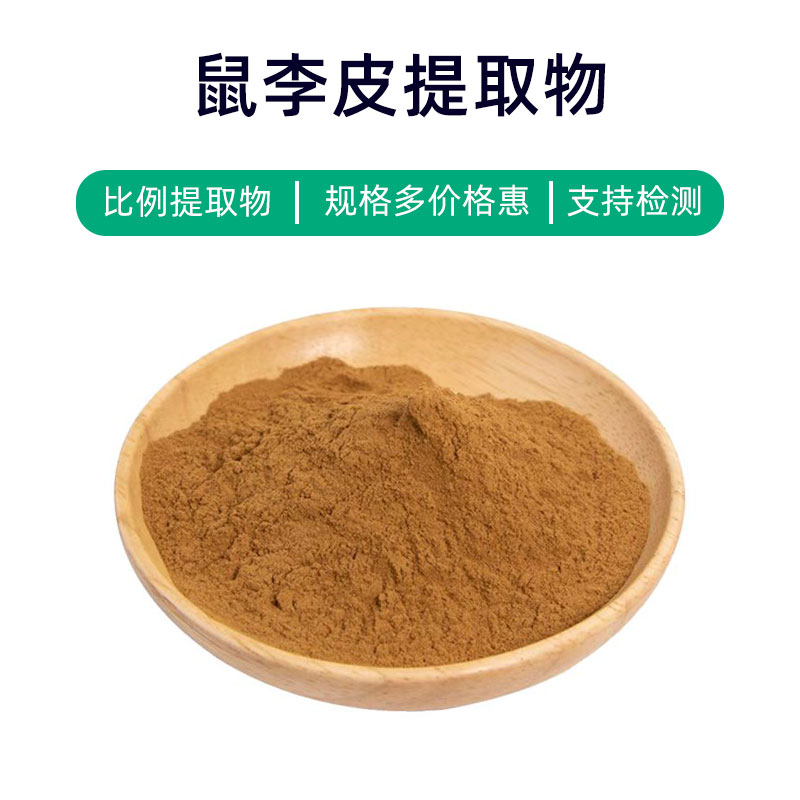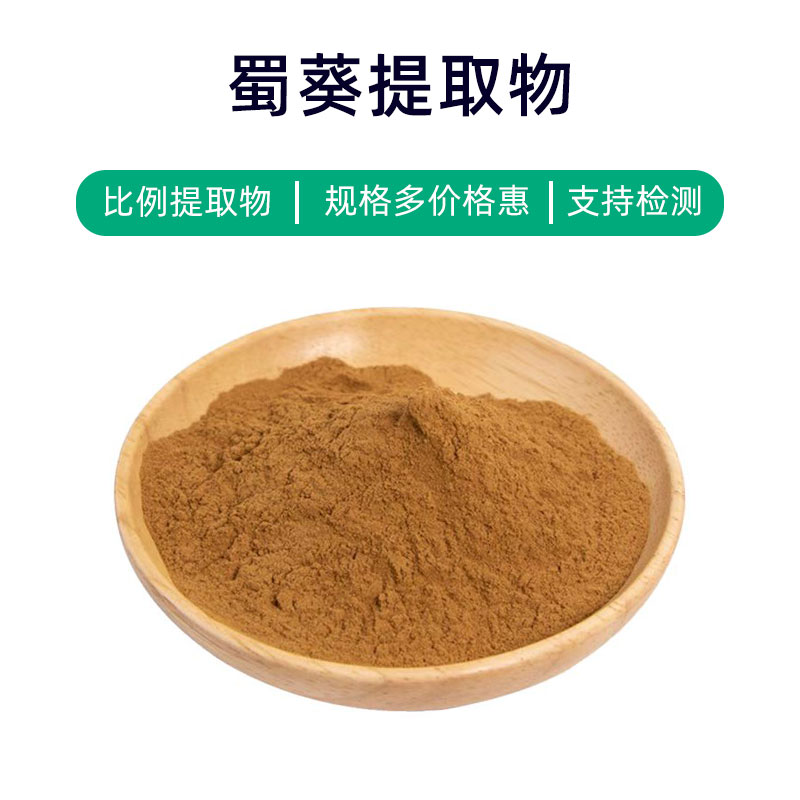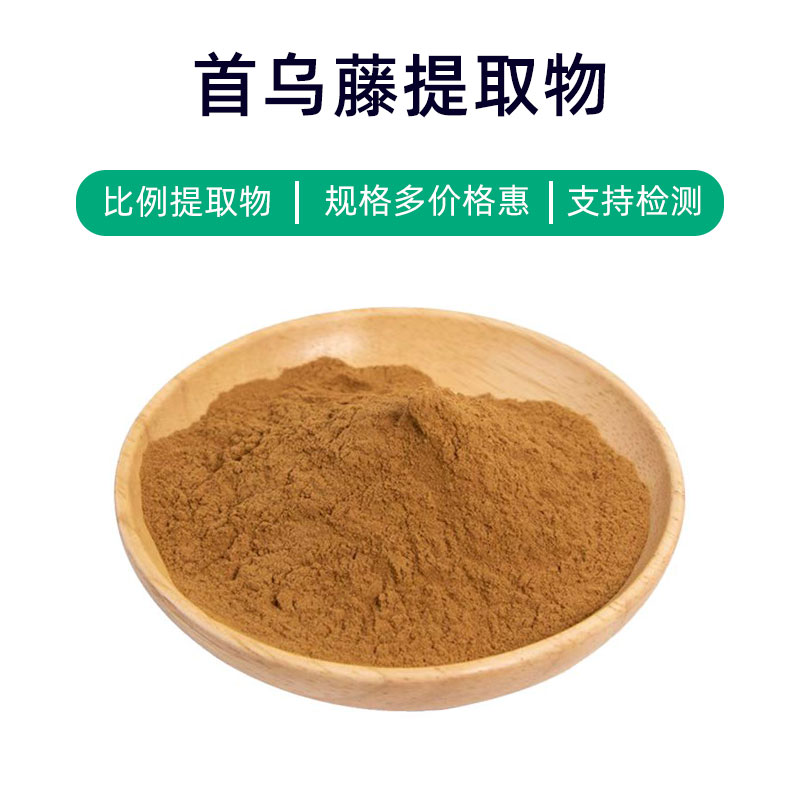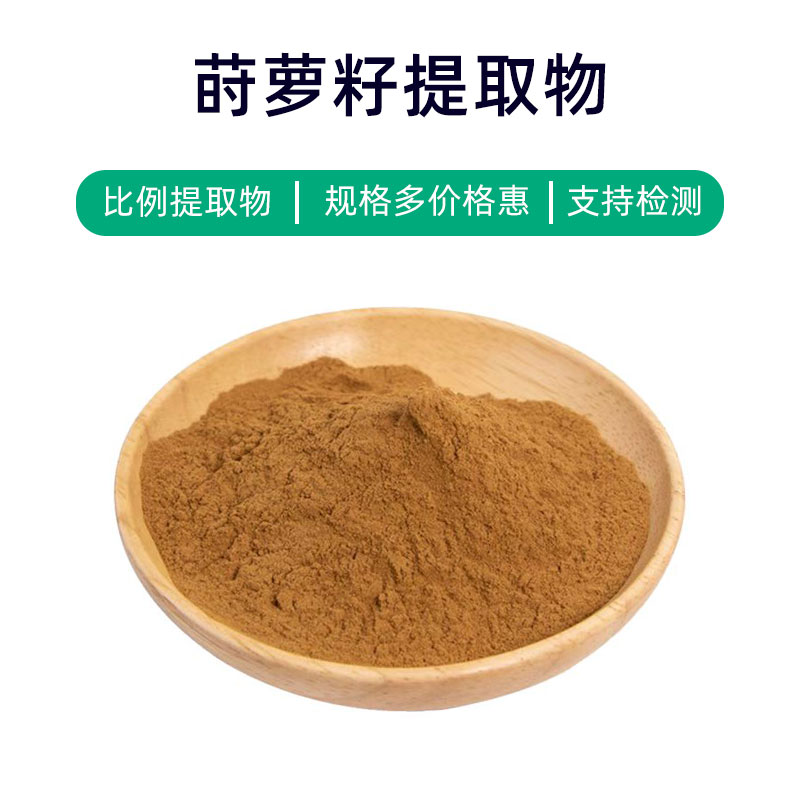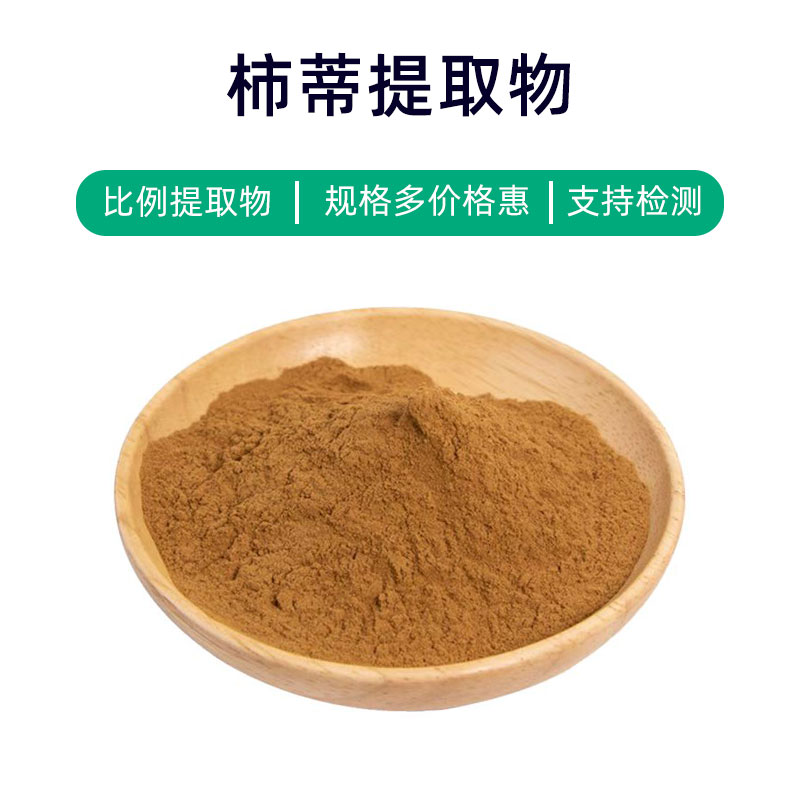Malt Extract Product Introduction
Malt extract is an extract made from barley seeds through germination and fermentation. Its main components include polysaccharides, proteins, amino acids, B vitamins, and minerals. Malt extract is extensively used in the food, beverage, health supplements, and cosmetics industries. In food, it's often used as a flavoring agent, color enhancer, aroma booster, and sweetener, giving products a unique malt flavor and sweetness while enhancing their nutritional value. In beverages, malt extract can be used to make beer and malt drinks, adding flavor and nutrition. In the health supplement area, malt extract is used as a nutritional supplement, providing a rich source of B vitamins and minerals that help maintain health. Additionally, it is commonly found in cosmetics to enhance nutritional value and fragrance, such as in shampoos, masks, and body lotions.
Malt Extract Production Process
The production process for malt extract generally includes the following steps:
- Raw Material Preparation: Choose high-quality barley seeds as raw material, and clean, screen, and soak them to ensure quality and purity.
- Germination: Soaked barley seeds are sprouted, usually in a temperature-controlled environment to promote the generation and activation of amylase. Germination typically lasts from 2 to 4 days, during which proper humidity and ventilation must be maintained.
- Drying and Crushing: The sprouted barley is dried using drying equipment to reduce moisture content to acceptable levels. It is then crushed or milled into a powder.
- Fermentation Process: The crushed barley powder undergoes fermentation, supplemented with water and a fermenting agent to convert starch into sugars and other beneficial compounds. The fermentation time and temperature are controlled according to process requirements.
- Extraction: The fermented barley powder is then subjected to extraction, using water or other solvents to extract the desired components into the liquid phase.
- Concentration and Separation: The extract is concentrated to remove excess water, resulting in a concentrate. Following this, centrifugation, filtration, and other process steps are performed to isolate pure malt extract.
- Drying and Milling: The malt extract undergoes another drying process to meet water content standards, followed by milling to achieve the desired powder form.
- Packaging and Storage: The malt extract product is packaged, typically using moisture-proof and light-proof materials to ensure quality. It should be stored in a dry, cool place to avoid direct sunlight and high temperatures, extending its shelf life and stability.
Malt Extract Effects and Side Effects
Malt extract, derived from malted barley, is a natural plant extract with various benefits and functions, primarily including:
- Nutritional Supplement: Malt extract is rich in various vitamins, minerals, and amino acids, such as B vitamins, vitamin E, zinc, iron, and calcium, providing comprehensive nutritional benefits to the body and promoting metabolism and health.
- Immune Boosting: Malt extract contains abundant antioxidants and immune-enhancing factors that can strengthen the body's immunity, increase resistance, and reduce the occurrence of infections and diseases.
- Blood Sugar Regulation: The carbohydrates and fiber in malt extract can release energy slowly, helping to stabilize blood sugar levels and prevent fluctuations or diseases related to high blood sugar.
- Digestive Support: Rich in enzymes and fiber, malt extract can promote gastrointestinal motility, enhance digestive function, and relieve symptoms like indigestion and bloating, improving appetite.
- Fatigue Relief: The carbohydrates and amino acids found in malt extract provide sustained energy, alleviating fatigue and boosting physical strength and energy.
- Beauty Benefits: The vitamin E and antioxidants in malt extract can suppress free radical production, slow down aging, and maintain skin elasticity and glow, contributing to beauty.
- Sleep Improvement: With a high magnesium content, malt extract helps soothe the nervous system, promoting relaxation and improving sleep quality, relieving insomnia and anxiety.
- Weight Management: The fiber and low-calorie characteristics of malt extract help increase satiety, reduce caloric intake, and promote fat metabolism for weight loss purposes.
As a natural plant extract, malt extract is generally safe; however, individual differences and allergic reactions should be considered during use. Long-term or excessive use may lead to digestive issues, diarrhea, and other side effects. Therefore, it is advisable to use it under the guidance of a physician or nutritionist and adhere to a reasonable dosage to avoid adverse effects.
Malt Extract Applications and Dosage
Malt extract has a wide range of applications in pharmaceuticals, food, and cosmetics, with its main uses and dosages as follows:
- Pharmaceutical Field:
- Digestive Health: Malt extract can be used as an ingredient in gastrointestinal medications to prepare products that promote digestion, such as digestive enzyme tablets.
- Nutritional Supplement: It can be included in health supplements to provide vitamins, minerals, and amino acids, improving overall nutritional status.
- Immune Regulation: The rich nutritional components in malt extract help enhance the body's immune function, preventing and assisting in the treatment of diseases.
- Food Field:
- Functional Foods: Used to make functional foods such as malt beverages, energy bars, and meal replacements with benefits of endurance and energy.
- Baked Goods: As a sweetener and additive, malt extract can be used in baked goods like bread, cookies, and cakes, enhancing flavor and nutritional value.
- Grain Processing: Used in the brewing industry for beer production, enhancing the flavor and aroma of beer.
- Cosmetic Field:
- Skincare Products: Rich in vitamins and antioxidants, malt extract can be used to create skincare products like masks, lotions, and serums, offering moisturizing and anti-aging benefits.
- Hair Care Products: It can be added to hair care products like shampoos and conditioners, helping maintain healthy, soft, and shiny hair.
- Oral Care: Used in toothpaste and mouthwash formulations, it helps cleanse the mouth and prevents bad breath and cavities.
Dosage Instructions:
- Medications and health supplements should follow product instructions or medical advice for use.
- The amount in functional foods and baked goods should be adjusted according to recipe requirements, generally not exceeding food additive standards.
- The dosage in cosmetics should be based on the specific product's formula and effectiveness, typically suggesting a suitable amount of malt extract.
Malt Extract Source Plant Introduction, Distribution, and Growing Environment
The source plant for malt extract is barley (scientific name: Hordeum vulgare), an important cereal crop belonging to the Poaceae family.
Plant Introduction:
Barley is an annual herbaceous plant with an upright stem, typically 50 to 120 cm high, and a well-developed root system. Its leaves are linear with sheaths, appearing green and featuring longitudinal stripes on the surface. Male and female spikes grow separately on the same plant, with the flowering period generally occurring from spring to early summer. The fruit is a small caryopsis, commonly known as barley grain, oval or nearly spherical, usually yellow or golden yellow.
Distribution:
Barley is native to the Middle East and later spread to Europe, North Africa, and other parts of Asia. Today, barley is widely cultivated worldwide, primarily concentrated in temperate and cold regions. In China, barley is mainly found in the northeast, northwest, and northern regions.
Growing Environment:
- Climate Requirements: Barley is highly adaptable, thriving in mild climates with optimal temperatures between 10°C and 25°C. It has strong resilience to cold, drought, and humid environments.
- Soil Requirements: It shows strong soil adaptability but prefers loose, well-drained, and fertile soils, ideally with a pH between 5.5 and 8.0.
- Light Requirements: Barley prefers well-lit environments and has a high demand for sunlight.
Cultivation Techniques:
- Sowing: Barley is typically sown in the autumn, selecting fertile and well-drained fields. The sowing methods include broadcasting and mechanical sowing, with a general sowing depth of 3 to 5 cm.
- Management: During growth, timely weeding, soil loosening, and fertilization are essential to maintain soil moisture, aiding barley development.
- Harvesting: Barley generally matures toward the end of the growing season, with harvesting occurring when most spikes turn yellow, and grains are golden, usually during dry weather after spikes have matured.
Since barley is a common crop, its extract is readily available in the market and serves numerous industries with a breadth of applications.
Malt Extract Processing and Storage
The processing of malt extract typically includes the following steps: First, the malt is ground into a powder, and then an appropriate solvent is used for extraction, commonly water or ethanol. During extraction, parameters like temperature, time, and pressure must be controlled to ensure optimal extraction. Following filtration, concentration, and drying, the final malt extract product is obtained.
For storage, malt extract should be kept in a dry, cool, and ventilated environment, avoiding direct sunlight and high temperatures. It is essential to prevent moisture and contamination by storing it in a sealed container and regularly checking its shelf life. Under proper storage conditions, malt extract can maintain good quality and stability.
Monica Sun is a seasoned expert in the plant extraction industry with over a decade of experience in research and production. She specializes in the extraction and purification of plant active ingredients, focusing on driving innovation in natural product applications. Monica has participated in the development of multiple functional plant extracts, delivering high-value natural raw material solutions for the health food, pharmaceutical, and dietary supplement sectors.









